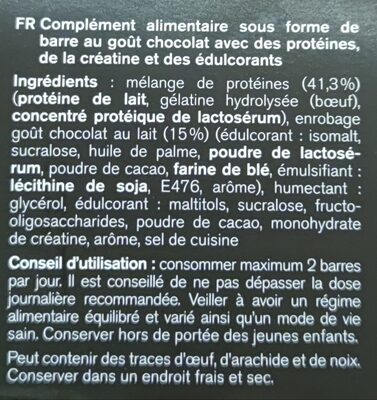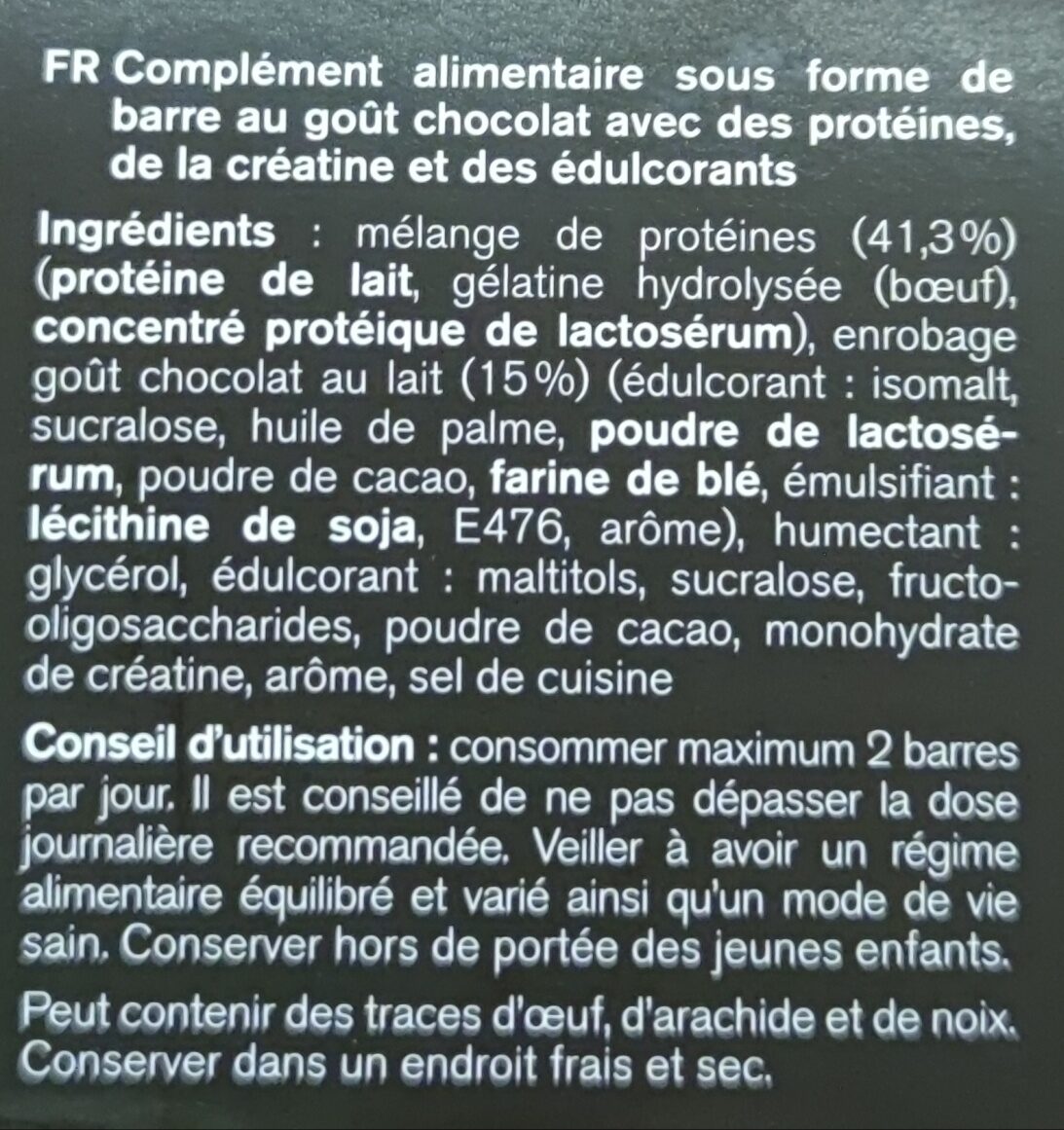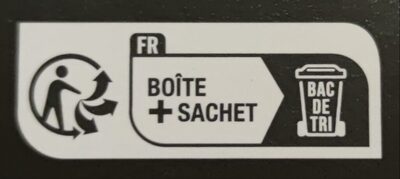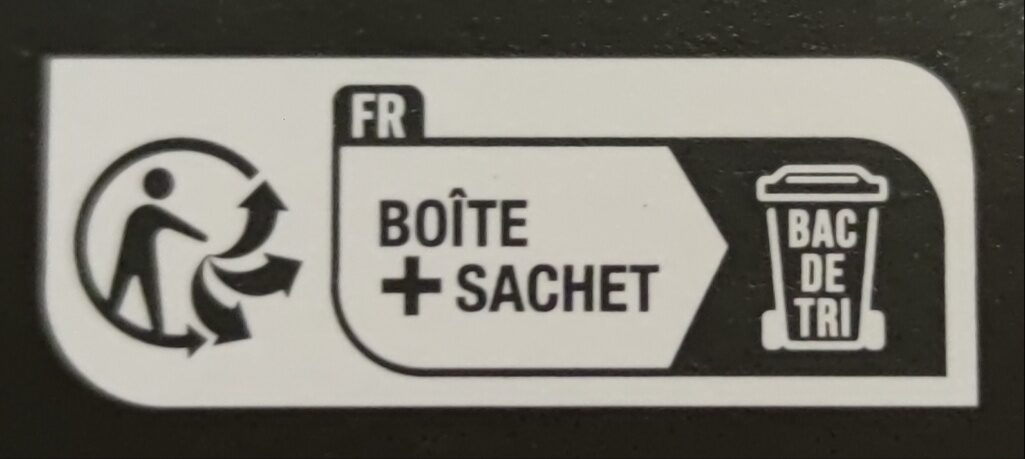Protein Bar chocolate flavour - Nu3 - 600g
This product page is not complete. You can help to complete it by editing it and adding more data from the photos we have, or by taking more photos using the app for Android or iPhone/iPad. Thank you!
×
Barcode: 4260289446364 (EAN / EAN-13)
Quantity: 600g
Packaging: fr:FR BOÎTE + SACHET BAC DE TRI, fr:Triman
Brands: Nu3
Categories: Snacks, Sweet snacks, Bars
Labels, certifications, awards:
Excessive consumption can have laxative effects, Triman
Countries where sold: France
Matching with your preferences
Report a problem
Data sources
Product added on by kiliweb
Last edit of product page on by quentinbrd.
Product page also edited by autorotate-bot, cfgym69, openfoodfacts-contributors, yuka.PZRFN9GsBuE4G8bb95kMwj2BKsHnOf4IA2Mwog, yuka.U1BCYUZmdFovK2NYcWNGaTEwMzMwL1pPekx1Q1lXcTNMczBkSVE9PQ, yuka.YVlzQ1RKVVBsOE1WbXNjdjFSSFMwT3hSNHAzM2QzbTBMT3NKSWc9PQ.













